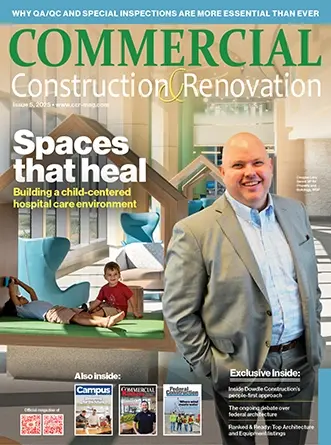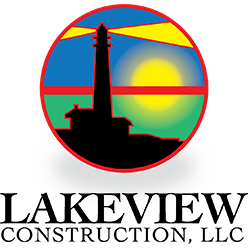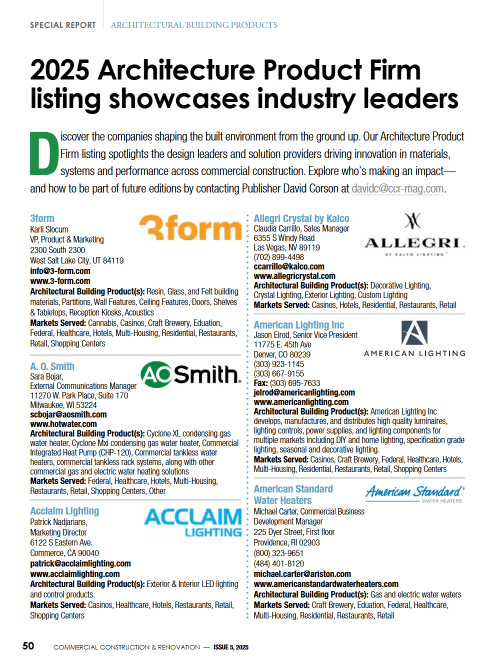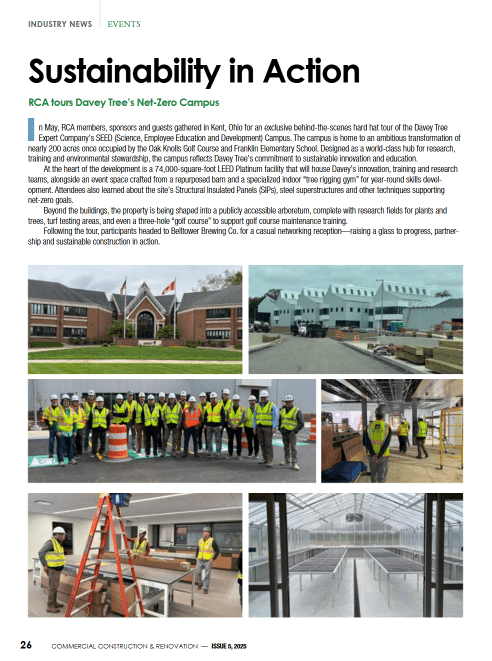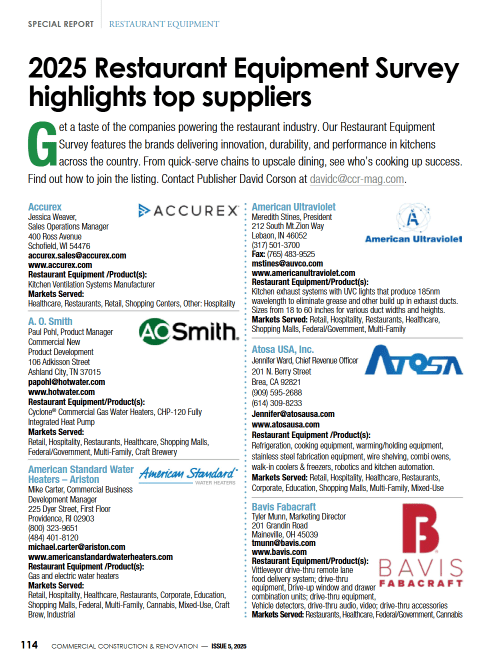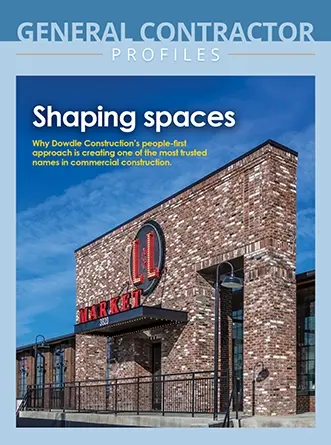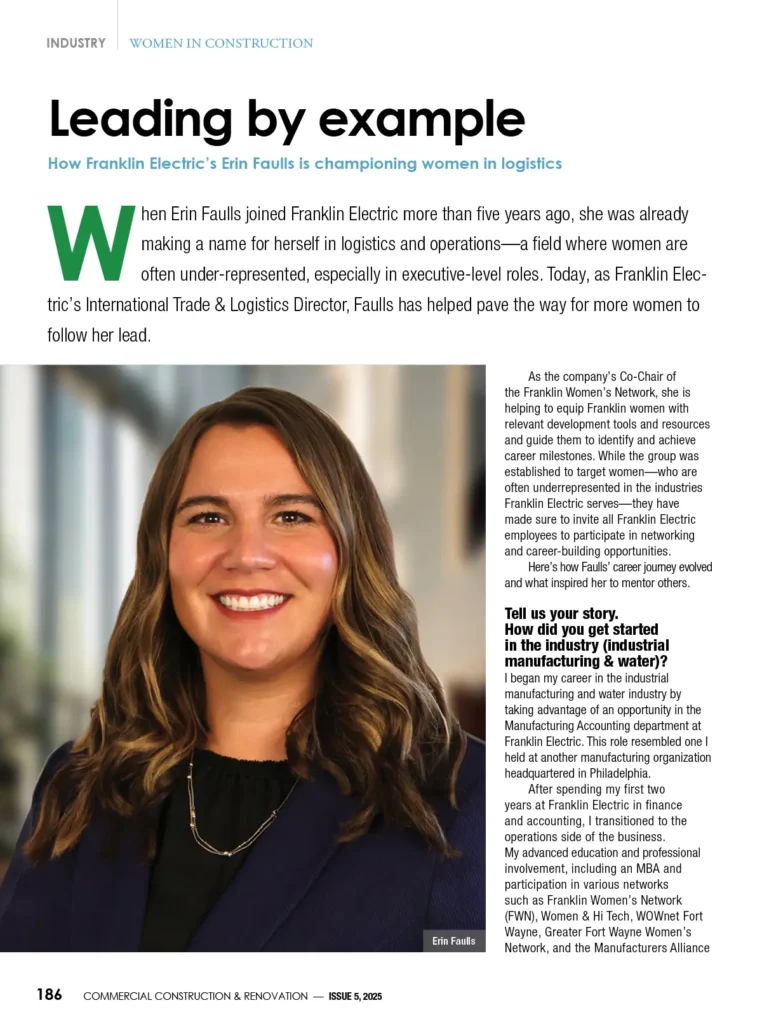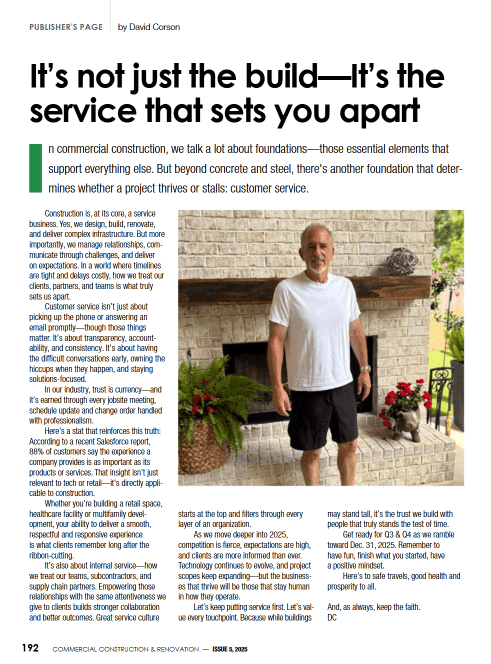With the popularity of reality TV shows like “Deadliest Catch” or “Ice Road Truckers”, many might assume some of the most dangerous jobs that exist in the public sphere may have to do with trucking or fishing. However, even though construction work may not have slotted time on cable TV, it can be equally as dangerous.
A recent report named the 25 most dangerous jobs based on their fatality rate. 12 of the 25 jobs were in the construction industry. Although the rates of fatal and nonfatal injuries within construction jobs have improved over the years, workers are still getting hurt and dying in these positions more than in most industries.
With the expanded growth of construction demands, this industry isn’t going anywhere any time soon. As such, there must be a collective effort in the construction industry to lower these rates and improve the safety of workers, starting with regular safety training.
Why Regular Safety Training in Fundamental
Construction work is dangerous. There’s no doubt about it.
Injuries can range from simple cuts and bruises to serious injuries like concussions. A traumatic brain injury such as this can cause headaches, short-term memory loss, and difficulty concentrating. And if the concussion is severe enough and goes untreated, the above symptoms could become permanent.
However, something as simple as wearing a hard hat at all times can protect workers from concussions. Regular safety training ensures construction employees understand what safety gear to wear and how to avoid physical injuries.
Ultimately, regular safety training in construction ensures each job is done as safely as possible, and every worker gets home at night.
Tips for Providing Regular Safety Training
One of the worst experiences a construction company owner can go through is telling a worker’s family that they’ve been seriously injured, or worse, they’ve passed away. Regular safety training makes this experience less likely.
Hold regular safety training with the following tips.
Determine what kind of training is needed and when
Many construction companies’ safety training begins and ends only during the onboarding process.
As a result, safety is glossed over among employees and many get hurt. Ongoing safety training requires a more intentional approach. Consider what kind of safety training a person would need during a long-term stint with your company.
In other words, what do you need to train them on when they first come on board? What about after the first three months? After the first year and beyond?
It’s also essential to consider the employee’s specific position and what safety training is necessary as they evolve. Take disabilities into account too. If someone has a particular disability, what training is needed to ensure they can do their jobs safely despite it?
Document the details of what training is needed and when to ensure your workers get comprehensive safety training at key points in their careers based on their specific abilities and positions.
Train when something new is implemented and when incidents happen
Incidents, whether minor or major, often occur in construction — especially when implementing new tools, machines, processes, and procedures. So, if you commit to training whenever something new is executed or an incident occurs, it will keep you consistent with safety training.
If an incident happens, stop your team in real time for a brief assessment of the issue. You can then set a time to go over it in more detail later on to ensure everyone understands what happened, why, and how to prevent it in the future.
Whenever you create a new policy, adjust a procedure, or want to use a new tool or machine, train your staff on them. Make sure they learn how to use the device or machine safely. Educate them on the new policy or procedure. And encourage them to come to you with any concerns, questions, or suggestions.
Conclusion
As unfortunate as the mortality statics around construction are, you can’t ignore them. Regularly teaching, reviewing, and updating safety best practices will reduce the chances of the above happening and make your company one of the safest to work for.

